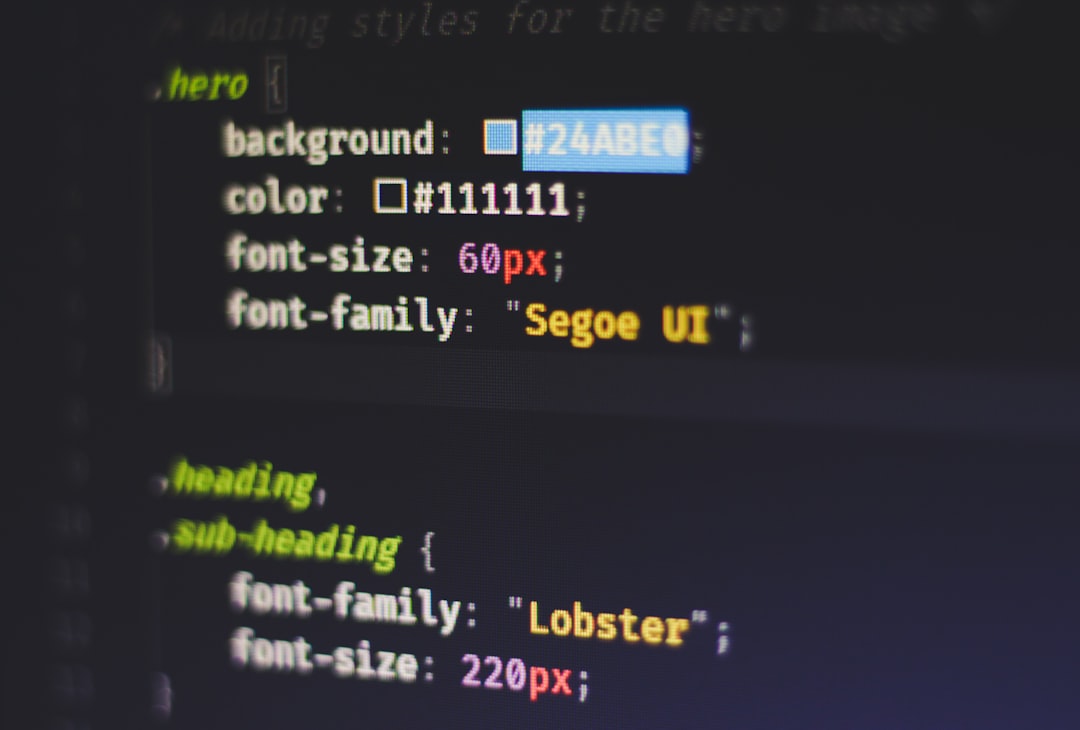As artificial intelligence (AI) continues to evolve, it is leaving a profound mark on the software development lifecycle. One of the areas where AI is making significant strides is in improving code reliability. The notion of machines assisting developers in writing, testing, and maintaining high-quality code is no longer futuristic—it is today’s reality. However, while AI promises increased efficiency and reduced human error, it also brings unique challenges that must be addressed to fully realize its benefits without compromising the integrity of software systems.
Enhancing Error Detection and Prevention
One of the major implications of AI in code reliability lies in its ability to detect and prevent bugs before they become systemic issues. Traditional methods of code review and manual testing are time-consuming and prone to oversight. AI-driven tools such as static code analyzers and intelligent code linters are capable of examining vast codebases and identifying anomalies based on learned patterns and known software vulnerabilities.
- Predictive error analysis: AI models can predict where bugs might occur based on historical data and developer behavior.
- Real-time code suggestions: Modern AI-powered integrated development environments (IDEs) offer corrections and improvements as the developer writes code.
This shift towards proactive code quality management helps ensure that software is more robust from the outset.
[ai-img]code editor, ai assistant, bug detection[/ai-img]
Automated Testing and Quality Assurance
Testing is a cornerstone of reliable software. AI revolutionizes this aspect by introducing automation at an unprecedented scale. Machine learning algorithms can automatically generate test cases, target edge cases, and even anticipate user behavior to ensure that applications perform reliably under different conditions.
- AI-generated unit and integration tests reduce the manual effort spent by QA engineers.
- Automated regression testing ensures that updates and patches do not inadvertently break existing functionality.
Furthermore, AI-driven test coverage analysis ensures that all critical paths in the software are adequately tested, thereby reducing the likelihood of production-level defects.
Smarter Debugging Tools
Traditional debugging can be labor-intensive. Developers sift through thousands of lines of code and logs to identify the root cause of a problem. AI significantly reduces this effort by offering smart debugging tools that can pinpoint bugs, suggest fixes, and even simulate the effects of potential changes before they are implemented.
For example, machine learning models can analyze stack traces and errors to find probable sources of failure. These tools not only speed up the debugging process but also improve the accuracy of issue resolution, making codebases more dependable over time.
[ai-img]debugging, developer, machine learning[/ai-img]
Challenges and Ethical Implications
Despite its promising contributions, the use of AI in code reliability comes with certain ethical and practical concerns. One of the primary challenges is the opacity of many AI algorithms. Unlike traditional tools that follow deterministic rules, AI models often operate as “black boxes,” making it harder to understand why a particular suggestion or action was taken. This lack of transparency can lead to issues of accountability, particularly in sensitive applications such as healthcare or finance.
Additionally, overreliance on AI tools might diminish developers’ critical skills and domain knowledge. There’s a risk that individuals may begin to accept AI-generated code as inherently correct without proper scrutiny, which could lead to subtle but dangerous bugs in production systems.
Collaborative Development and Continuous Learning
One of AI’s strongest suits is its ability to learn from vast datasets and continuously improve. In collaborative environments such as open-source projects or large development teams, AI tools can aggregate knowledge across thousands of contributions to make better recommendations and enforce consistent coding practices.
Moreover, as AI learns from industry-wide programming patterns and error reports, it can help standardize best practices across infrastructure. This leads to more reliable and secure applications, benefiting not just individual developers, but the entire software ecosystem.
Conclusion
AI is poised to transform how we think about code reliability. By augmenting human capability with intelligent automation, improved error detection, and smart testing, it can lead to more dependable software systems. However, this transformation also calls for caution—developers must stay informed, remain critical of AI suggestions, and uphold ethical responsibilities when integrating AI into the software development process. The fusion of machine intelligence with human judgment could ultimately result in the most reliable code the industry has ever seen.

